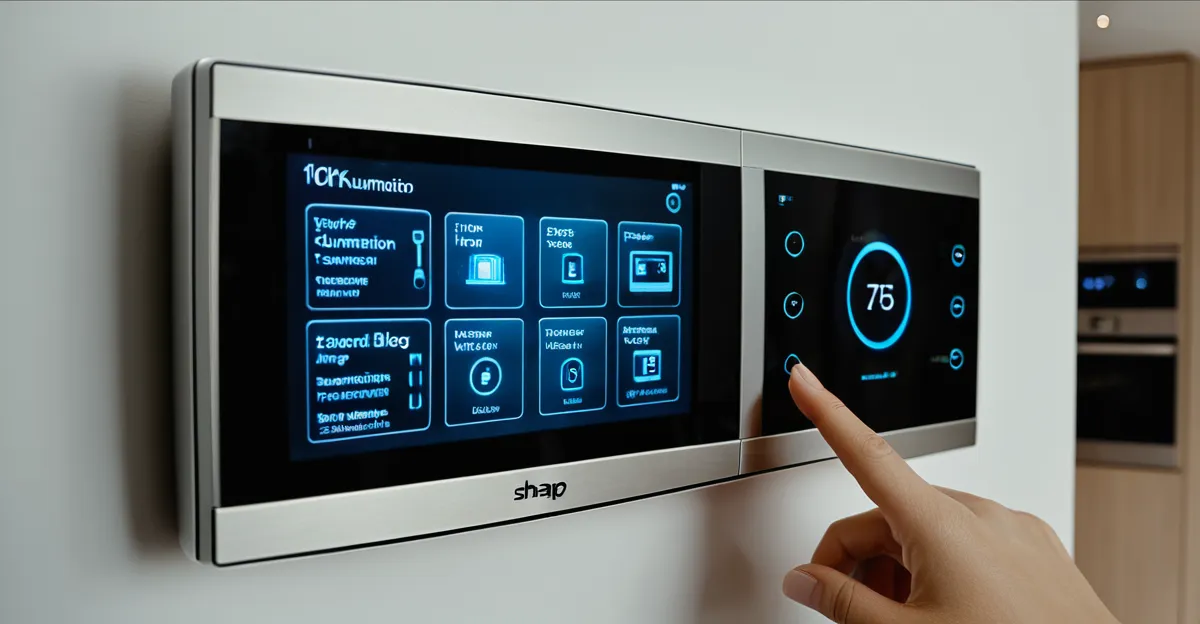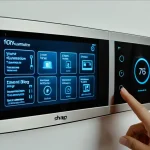Overview of the Latest Smart Home Technologies in the UK
The smart home technologies UK market in 2024 is rapidly evolving, with a growing array of new smart home devices designed specifically for UK households. These innovations prioritize compatibility with local infrastructure, addressing unique energy standards, connectivity preferences, and climate conditions that impact device performance in the UK.
Localization is crucial—many manufacturers now ensure devices work seamlessly with popular UK voice assistants and support British English commands, improving user experience. For instance, smart thermostats integrate with UK heating systems, offering precise temperature control suitable for the UK’s varying seasons.
In the same genre : What are the top smart home gadgets for UK households?
Recent 2024 smart home trends include an emphasis on energy efficiency and sustainability, with more homes adopting devices that monitor and optimize energy usage. Security remains a top priority; advanced smart security cameras and alarm systems with real-time alerts reflect increased consumer demand for home safety.
To summarize, the focus is on offering solutions that align with UK household needs, ensuring integration with local networks and compliance with data privacy standards. This approach steadily boosts smart home adoption across the UK, reflecting an informed and practical embrace of technology.
In the same genre : What are the top smart home gadgets for UK households?
Essential Smart Home Devices: What’s New in 2024
The latest new smart home devices for UK households in 2024 are designed with distinct features that address local needs. Among these, new smart thermostats UK stand out with improved integration for traditional UK heating systems like combi boilers and zoned radiators. These thermostats offer adaptive learning algorithms that optimize heating schedules around typical UK weather patterns, helping reduce energy consumption.
In smart lighting systems UK, innovations focus on customizable lighting scenes and enhanced energy efficiency. Many systems now support British English voice commands and integrate with UK smart hubs, enabling seamless control via apps or voice assistants familiar to UK users. These lighting solutions also emphasize dimming technology suited for typical UK room types and brightness preferences.
Turning to smart security UK, 2024 devices include cameras with advanced motion detection refined to minimize false alarms from common UK wildlife like local birds. Updated security systems emphasize real-time alerts tailored for UK network conditions and incorporate encrypted data transmission to comply with UK security expectations.
Finally, the latest appliances tailored for UK households feature energy ratings aligned with UK standards and connectivity options supporting prevalent UK smart protocols. These innovations reflect a clear understanding that device localization is key to both usability and market success in the UK smart home sector.
Integration, Compatibility, and UK Regulations
Ensuring smart home integration and UK compatibility is essential for a seamless smart home experience. Devices must work smoothly with popular UK voice assistants like Alexa UK and Google Assistant UK, as well as support local Wi-Fi standards (typically 2.4GHz and 5GHz bands common in UK households). This compatibility reduces setup challenges and enhances usability.
UK regulations strongly influence smart home device design. Compliance with home automation regulations such as CE marking ensures safety and legal market access. Moreover, UK data privacy laws, aligned with GDPR, mandate strict handling of personal data collected by devices. This means manufacturers must incorporate encrypted communication and transparent data policies, safeguarding users while respecting UK privacy expectations.
When choosing devices, prioritizing those designed with UK compatibility in mind ensures smoother integration into existing smart home ecosystems. It’s important to verify if products explicitly support British English commands and conform to UK electrical standards. This attentiveness prevents connectivity issues and legal complications.
In summary, successful smart home setups in the UK rely heavily on devices’ ability to integrate with local technology and comply with regulatory frameworks. UK households that focus on these aspects benefit from reliable automation, robust security, and confidence in data privacy adherence.
Adoption Tips and Best Practices for UK Households
When planning a smart home setup UK residents should prioritize devices with proven UK compatibility to avoid common issues like incompatible voice commands or unstable connections. A key smart home tip is to start with essential devices such as thermostats or security cameras that match the UK-specific heating systems and local network conditions.
Ensuring a secure environment is vital. Use strong, unique passwords for all smart devices and update firmware regularly to protect against vulnerabilities. Many UK households overlook data privacy settings; configuring these properly aligns with UK regulations and safeguards personal information.
Adopting smart tech UK means considering connectivity range and signal strength, especially in older homes with thick walls common in the UK. To maximize performance, position hubs centrally and avoid overcrowding Wi-Fi channels.
It’s beneficial to research device compatibility with popular UK voice assistants before purchase. Additionally, consult user reviews and UK-focused support resources to troubleshoot issues. Staying informed on the latest new smart home devices releases specific to the UK ensures your setup remains future-proof and efficient.
Embracing these best practices allows UK households to enjoy seamless automation, better energy management, and enhanced security with confidence.






